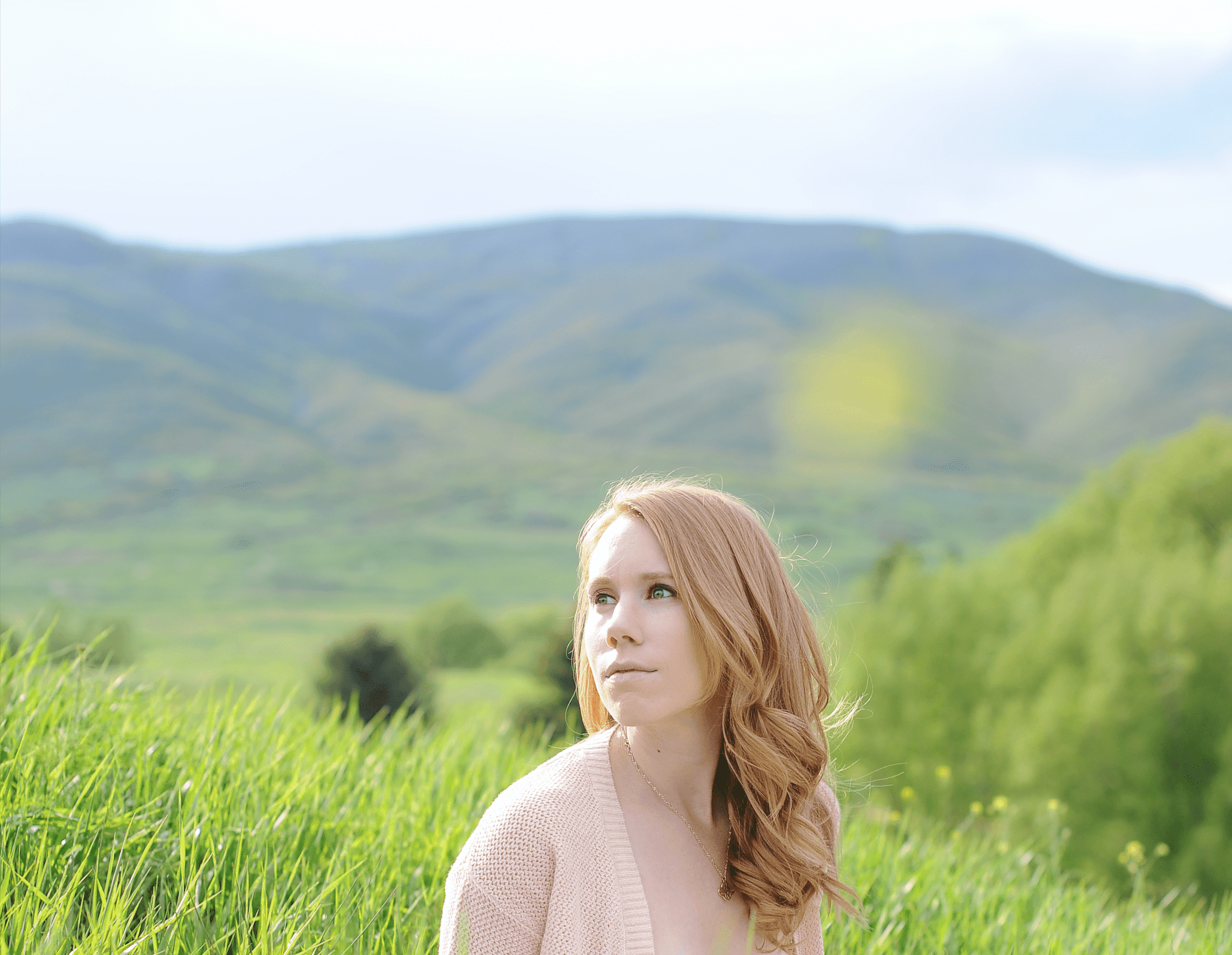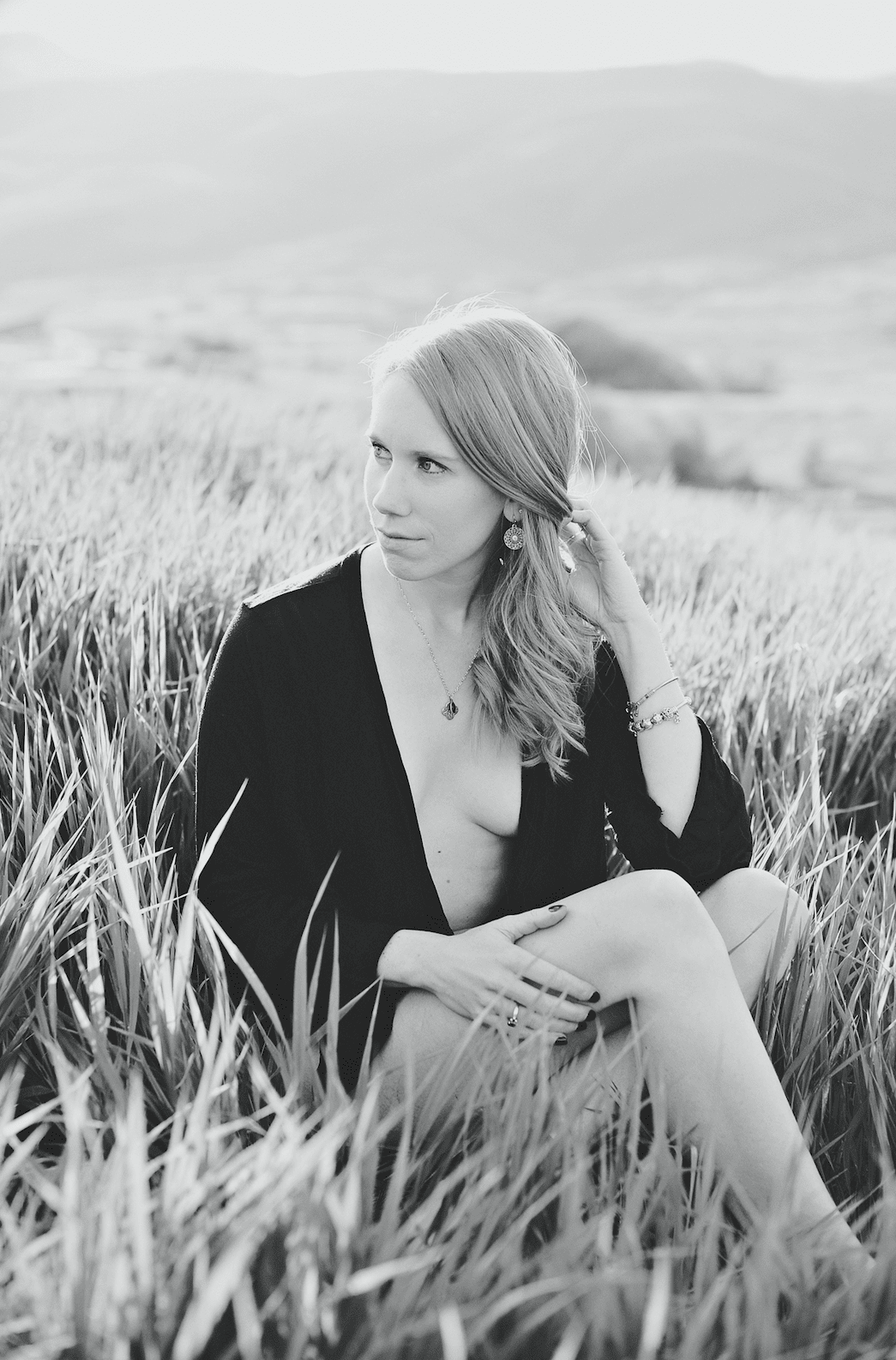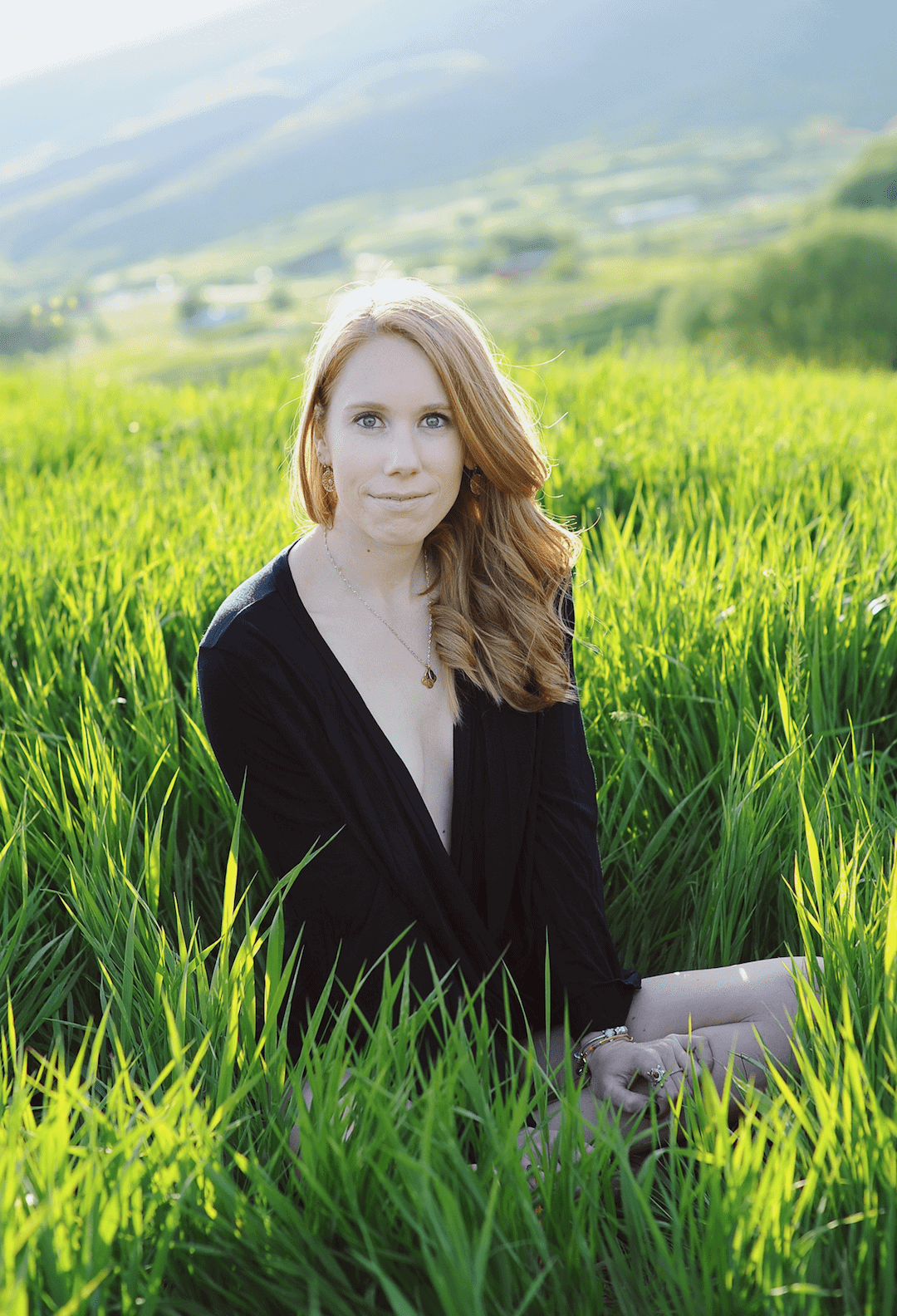
In 2013, Angelina Jolie came out with an op-ed in the New York Times, explaining why she was choosing to amputate her breasts. Her announcement put the term “prophylactic mastectomy” on the map for those who had never heard of the BRCA gene. The news anchors read the statistics, “For women who have a BRCA gene mutation, the risk for early breast cancer and ovarian cancer is greatly increased. For first degree relatives of someone who has the genetic mutation, there is a 50% chance that they will also have the mutation. A mastectomy is the literal amputation of the breasts, breast tissue, lining of the chest muscle, nipple, and remaining skin. A bilateral prophylactic mastectomy can lower the risk of breast cancer by 90-95 percent.”
None of the data was new to me. I had known about the BRCA gene for thirteen years. In eighth grade, my mom was tested for the gene. She tested positive. Long before insurance companies considered a mastectomy a preventative life saving procedure, my mother made the decision that she wouldn’t get cancer like her mom. Cancer, specifically breast cancer, runs deep in my family’s gene pool. My grandmother had breast cancer twice; her brother died from it, her sister died from it, and her nephew died from it. My uncle has the gene, my brother has the gene, my cousin has the gene, and I do too.

When I was 19, I was tested– it was just a simple blood test and spit test that was sent to a lab. The results came back a few months later, and I remember getting the call in my college dorm room. I had tested positive for BRCA2. First I felt a rush of quiet shock, then it turned to anger. I called my mom and cried. She cried. She apologized over and over, feeling guilty for having passed this on to me. My mutation was the exact same one she and my grandmother had.
After my genetic testing came back positive, a lot changed. At 19, this was my BRCA2+ reality: I had an 87% risk of developing breast cancer, ovarian cancer, colon cancer, and/or pancreatic cancer in my lifetime. My doctors said I would have until I was 35 before needing to “consider my options”– which basically meant monitoring my body super closely, or deciding to have a double mastectomy and having my ovaries removed to reduce my risk of developing cancer.
Before I’d gotten a positive test, 35 seemed so far away– but afterward, my new reality was always there in front of me. I had to start thinking about the seriousness of life far sooner than I had ever imagined. My doctors encouraged me to make a plan for myself. If I went with my doctors’ recommendation to have my breasts and ovaries removed at 35, what did that mean for my timeline to get married or start a family? I wasn’t ready to start thinking about that. I was in college, just starting to figure out who I was. I was falling in love for the first time. I had just barely started to think about what I wanted to do for a living. Plans about marriage and kids weren’t on my mind at all. But somewhere deep in my gut, the decision was obvious to me. As soon as I finished having kids, I would have my breasts and ovaries removed.

In my early twenties, I could push big life decisions to the corners of my mind, but I couldn’t completely deny my BRCA reality. OB/GYN appointments no longer consisted of just the typical pap smear and a breast exam– it now included a CA125 test– an extra blood test that detected abnormalities that looked like ovarian cancer. By age 25, every doctor appointment was accompanied by conversations about the latest breast cancer research, discussions about the surgery I’d likely have in the future, and a referral for an annual breast MRI.
I found myself at different doctors far more often than I had ever experienced in my life. And none of them were easy. Everyone talks about how awful mammograms are, but I had to do breast MRIs instead of mammograms. Even for young women with the BRCA mutation, mammograms aren’t covered by insurance until 35, so you have no choice by the MRI. And let me tell you, breast MRIs are no walk in the park. You strip down and lay on your chest, balancing your entire upper body on a skinny metal band beneath your sternum. I still remember the discomfort of laying in a superman position with my arms above my head, and having an MRI technician tug on my breasts and pull them down into plastic imaging holes. Then, I’d slide backward into a cramped tube for a half hour while the sounds of magnets and electric currents banged in my ears. It was terrible– and I wasn’t even someone who was claustrophobic or afraid of MRI machines. Each time, I remember thinking how barbaric the whole experience was. I’d come out of the tube and my ribs and sternum would be bright red and bruised from the pressure of my weight. My chest would ache for the next 24 hours. Then I’d wait for the results.
Within a day or two, I’d usually get a call saying that they had found abnormalities on the images and wanted me to come back in for an ultrasound. From age 25 on, this experience repeated too frequently. Every six months, I’d have another exam. They’d find an abnormality, so I’d go back into the MRI machine to see if it had changed shape. For days, I’d dread the phone call. I’d feel panic waiting for results. I played that game for three years.
Then, at 28– a lump. Testing found it to be benign, but the panic you feel when you are BRCA2+ and know you will develop breast cancer in your lifetime… it makes your head spin. Every month when you do your self exam in the shower, you feel a wave of anxiety.
Then my friend, Lynn, was diagnosed with breast cancer…. for the second time. A few months later, she died. A few months after that, another close friend was diagnosed. And a few months after that, my best friend’s sister was diagnosed with stage four breast cancer in her early 30s. A few months later, she was dead.
I talked about the weight of my genetic reality every now and then with my boyfriend. Mostly, I would share my feelings before I would go into appointments or when I got some test results back. I’d talk about the eventuality of surgery, and he would always say, “Oh by the time you have to do that, everything will be so different. You don’t know how medicine will change. There may be a cure. Stop talking like that.”
But I needed to talk about it… to prepare myself for what I knew I would have to do. Even if medical research drastically changed, I still needed to be emotionally prepared to lose my breasts in the event that new technology wouldn’t serve me in time. He didn’t get it. Positivity was going to change my genetic reality. Denial was only going to create impractical and emotionally harmful expectations. I needed to be mentally and emotionally prepared for this.

Even though I knew it was years away, I began confiding more and more in the women in my life who had experience in this area. Fortunately, or perhaps unfortunately, there were many women in my life who had been through some kind of variation of breast cancer, mastectomy, reconstruction, or genetic mutation diagnosis. I was grateful how open they were with every little detail of their surgeries. They made me unafraid to ask uncomfortable questions, and empowered me to be fearless when it came to a topic that so many women were ashamed to discuss.
By 28, I was tired. The year before, my boyfriend and I had broken up after nine years together, I had moved across the country, and I had experienced a medical trauma that had increased my likelihood of developing cancer. Instead of an 87% chance in my lifetime, I was looking at 93% within five years. I didn’t want to wait anymore, and neither did my doctors. The threat of cancer sat inside me and began taking up space in a way that it hadn’t before. So I had a very candid conversation with my medical team: If I waited to have the surgery until after I had kids, I would be able to breastfeed them. But if I waited too long to have kids, I might end up with cancer and then become infertile because of chemo in the process. The choice was clear.
So at age 29, I chose courage instead of fear. I made the choice to say farewell to my breasts, to say goodbye to the plan that I had made when I first got my genetic results back, and to say goodbye to the certainty of breast cancer.
Without question, I can truly say it was the best decision I’ve ever made. Losing my breasts made me stronger than I ever knew possible. It allowed me to see the world through different eyes. In looking for guidance from others who went through cancer and mastectomy, I discovered the power of vulnerability and the importance of a supportive community. In helping others in the midst of their process, I gained a humbling confidence in my decision and the fact that I had a choice. In having surgery reconstruction, I began to cherish a million little things that my body allowed me to do that I once took for granted. In sharing my story, I learned that my experience could help others.
In making the decision to reduce my risk of developing cancer through prophylactic mastectomy, I became a previvor– an advocate for genetic detection and prevention, a voice to improve insurance systems and medical care, a community warrior, and a woman grateful to have had a choice.
By, Lindsay Carver
